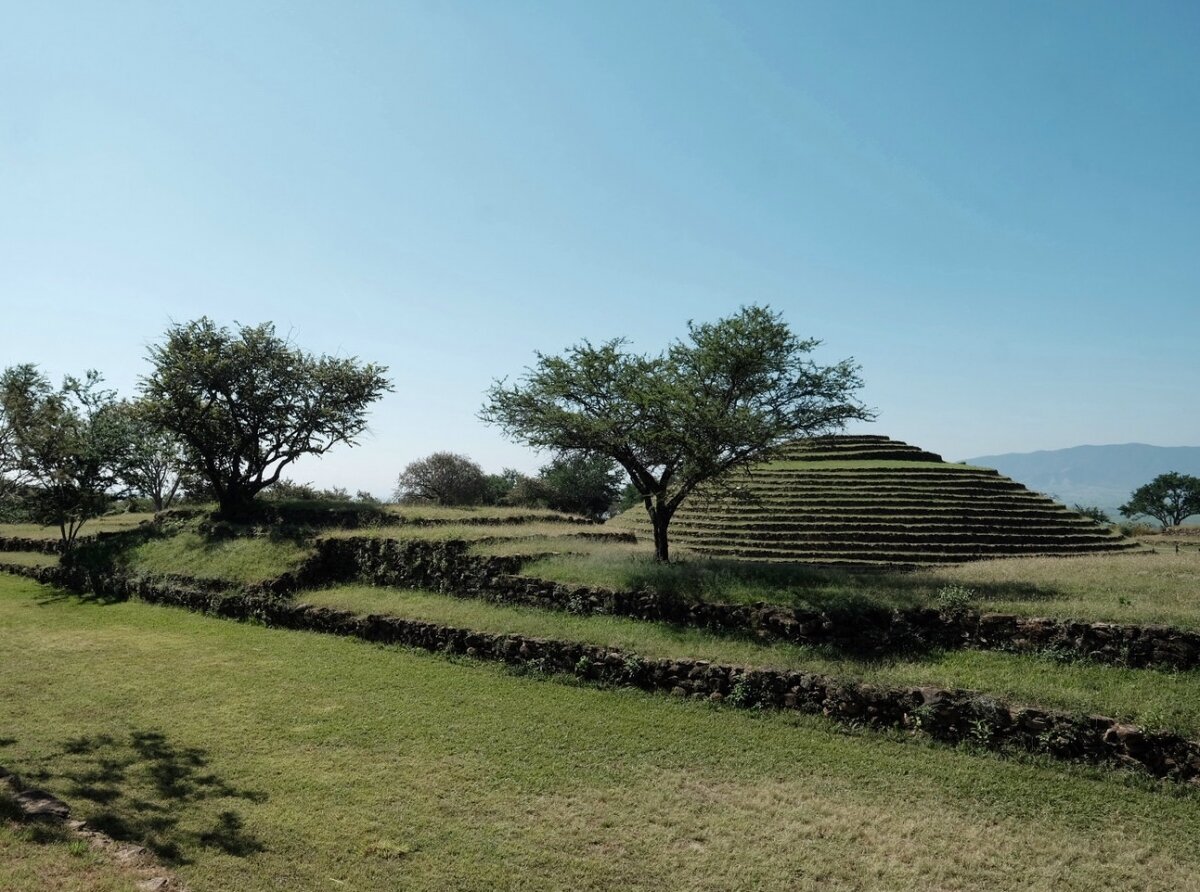With the support of the Ministry of Culture, the “Institute of Neoprehistory: Chapter II” Exhibition of contemporary art by Ernesto Solana was inaugurated Friday morning.
The exhibit presents a fictitious entity that arises from research on Mexican prehistory, where pieces on anthropomorphic and intersex beings, pre-Hispanic artifacts, and historical archives are displayed in which the natural resources of the archaeological zones were used, deposits of obsidian and other volcanic stones that have been exploited since prehistoric times.
Lourdes González, Secretary of Culture of Jalisco, pointed out that this exhibition is the result of state, national, and international collaboration with the New York Museum of Natural History, which has a significant number of pieces from the Hacienda de la Estanzuela; the Ministry of Innovation, Science and Technology of Jalisco, the Bristol Museum and Art Gallery of the United Kingdom, the INAH Jalisco, and the State Public Library that lent the personal files of Phil Wiegand and El Colegio de Michoacán that contributed to the management of the laboratory, and of the investigation of 11 archaeological pieces.
In addition, the head of the Ministry of Culture pointed out that the work that Ernesto Solana carries out in the Institute of Neoprehistory: Chapter II, is “an exercise in reappropriation and reinterpretation of a common and distant history in time, which today becomes current and that strengthens the diffusion of the historical patrimony of our state.”
In the exhibition the artist presents to the public a speculative argument around the idea of a prehistory of Mexico, using the archaeological wealth of Jalisco. In addition, through an exercise of reinterpretation and appropriation of the graphic records of these pieces, Solana reincorporates them to the landscape of the archaeological site through a live projection in the main pyramid of the Guachimontones, which can be accessed via the web 24 hours.
The exhibition brings together sculptural installations in various materials such as textiles, obsidian, quarry, and volcanic stone, as well as works in two-dimensional photographic collage formats.
With this, the artist rethinks the past with a view to conceiving a different future, where humans and non-humans find ways to re-exist. In addition, it imitates an institutional configuration and appropriates scientific methods of categorization and field practices to reinterpret and question pre-Hispanic artifacts and scientific illustrations in order to search for new meanings.
Ernesto Solana points out that “from these archaeological pieces that are in different parts of the world, and that the only way to access them is via image, in the absence of these physical objects in Jalisco because they have been a looted and commercialized… It makes it interesting to bring artifacts that are originally from Jalisco and from the West back to their original land through these pieces.”
Ernesto Solana lives and works in Mexico City. Through media such as photography, sculpture and installation, his artistic practice studies notions around biology within the framework of the Anthropocene, the history of scientific representation, and the relationships between what is supposedly natural or artificial, particularly in peripheral or suburban environments.
In his work, Solana explores the new forms of interaction between humanity and nature, at the same time that he expands this conversation towards a multispecies perspective, experiencing the landscape as an extension of himself. In his search to identify points of contact with other species, his research pays particular attention to the phenomenon of extinction, scientific/personal collections, and the anthropocentric alterations of the planet. Solana recently presented his solo exhibition Instituto de la Neoprehistoria at the Guadalajara 90210 Gallery.

